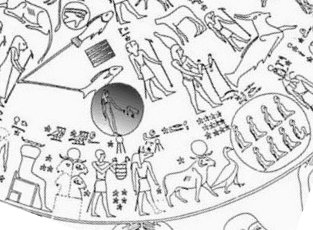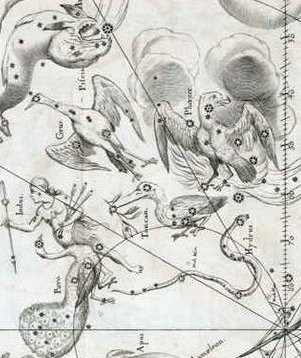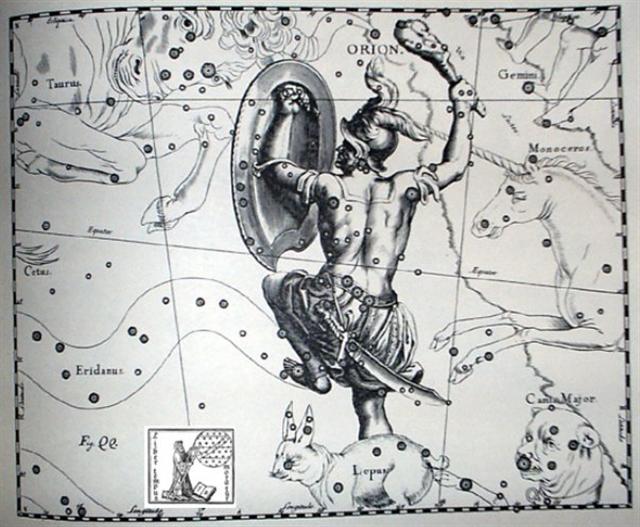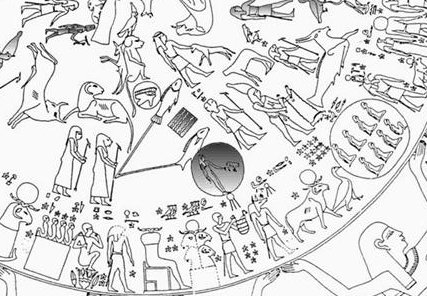Perhaps the creator of the C text thought of Achernar as the proper place for describing the flood of water from the Urn of Aquarius - for following this water down (as regarded from south of the equator) to its imagined end in Aries - from Scheat (the 10th king) to the new beginning at Hamal (the 1st king). Or he could have thought of Achernar as the origin of the flood from under the Phoenix, the Eridanus stream which would end at the foot of Orion, at the beginning of the new Rigel year.
... In view of the almost universal prevalence of the Pleiades year throughout the Polynesian area it is surprising to find that in the South Island and certain parts of the North Island of New Zealand and in the neighboring Chatham Islands, the year began with the new Moon after the early morning rising, not of the Pleiades, but of the star Rigel in Orion ... However, he may have used other time frames for the other seasons of the year. We therefore need to look at the beginning of the text in order to see what dates there were at the time of Achernar. So far the best fit could be to perceive heliacal Hamal at Te heke in Ca2-1 and then to assign April 17 (107) as the current date:
My dates above together with my other dates can be summarized as follows:
23 = 64 - 41 = 27 - 4. And then I have copied my table above in order to visualize the other dates:
My 'megalithic' (great stones) structures above reveal the futility of trying to assign fixed Sun dates in parallel with the fixed stars. At Thuban the best fit appears to be AUGUST 27 because its day number agrees with the number of glyphs on side a of the G tablet. And the following day would then be 150 days after 0h. However, the time of Achernar evidently had Thuban 190 days after 0h. Maybe the ancient Egyptians had found out the best place for birth: ... Capella's place on the Dendera zodiac is occupied by a mummified cat [miu, E13] in the outstretched hand of a male figure crowned with feathers;
while, always an important star in the temple worship of the great Egyptian god Ptah, the Opener, it is supposed to have borne the name of that divinity and probably was observed at its setting 1700 BC from his temple, the noted edifice at Karnak near Thebes, the No Amon of the books of the prophets Jeremiah and Nahum. Another recent discovered sanctuary of Ptah at Memphis also was oriented to it about 5200 BC. Lockyer thinks that at last five temples were oriented to its setting ... This has been known as Capella, the Little She-goat, since at least the times of Manilius, Ovid, and Pliny, all of whom followed the Κινήσαι Χειμώνας of Aratos in terming it a Signum pluviale like its companions the Haedi, thus confirming its stormy character throughout classical days ...
In the rim of the Dendera ceiling we can see watery waves inside a kind of bucket below 3 rays from the Sun and above 5 stars which perhaps were referring to the 5 main stars in Auriga.  |
|||||||||||||||||||||||||||||||||||||||||||||||||||||||||||||||||||||||||||||||||||||||||||||||||||||||||||||||||||||||||||||||||||||||||||||||||||||||||||||||||||||||||||||||||||||||||||||||||||||||||||||||||||||||||||||||||||||||||||||||||









